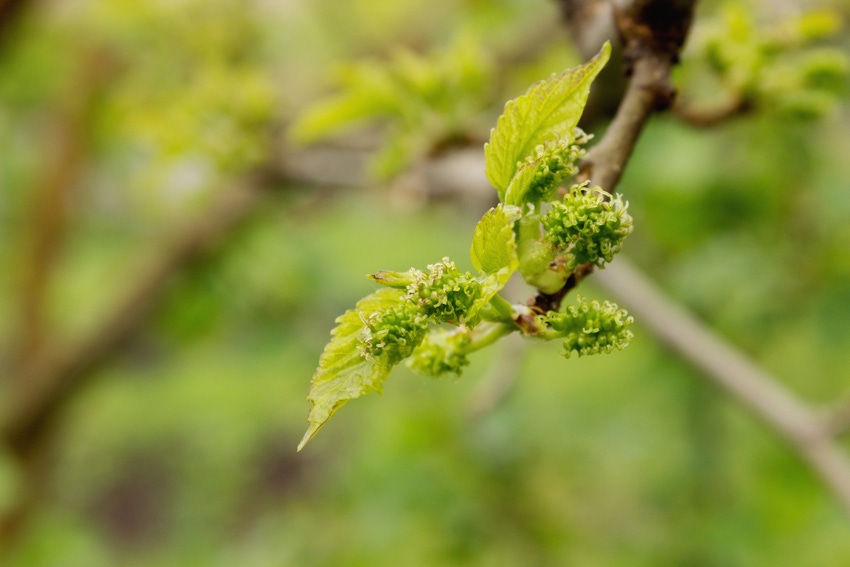
With buds pushing in late March, start of San Joaquin Valley wine grape crop follows normal timing
Except where production suffered from insufficient water for irrigation, San Joaquin Valley wine grape growers were aided by nearly ideal growing conditions in harvesting a 2016 crop that was about normal in size, while higher than usual in quality.

By the last week of March, buds in many San Joaquin Valley wine grape vineyards had begun pushing. Although later than the last few years, the timing this year is much closer to normal, says Peterangelo Vallis, executive director of the San Joaquin Valley Winegrowers Association.
The organization represents some 225 growers throughout the Valley from Kern County in the south to San Joaquin County’s Highway 4 in the north.
“The buds are definitely pushing later than we’ve seen the past few years,” he says. “Vines in some of the early areas of the Valley could begin blooming in late April, but most of the bloom will start in May. It’s definitely a later season that we’ve seen the past few years. A number of growers can probably plan to still be picking grapes this year at Halloween.”
Except where production suffered from insufficient water for irrigation, San Joaquin Valley wine grape growers were aided by nearly ideal growing conditions in harvesting a 2016 crop that was about normal in size, while higher than usual in quality.
This past winter of record-breaking rains and mountain snowfall means that most growers of grapes and other crops in the San Joaquin Valley irrigation districts expect to receive 100 percent of their requested deliveries of surface water this year, Vallis notes.
The exception is those in the Westlands Water District. This year, growers there are scheduled to receive at least 65 percent of their allocation of Central Valley Project surface water. Should wet conditions continue, the U.S. Bureau of Reclamation announced, that figure could increase to 80 percent. This follows three years of record drought when Westlands growers received no CVP water for their crops.
In 2016, powdery mildew topped the list of vineyard disease threats for many San Joaquin Valley wine grape growers. It’s becoming an increasingly serious problem in various areas of the Valley, as the disease begins to show signs of resistance to some fungicides.
“Some growers got hit particularly hard with powdery mildew in 2016,” he says. “They’re learning to be much more vigilant in watching for and responding to outbreaks than they may have had to in the past to protect their vineyards.”
While doubts about the availability of labor to help grow and harvest their crop remain a big concern for his members, availability of water continues to be the most pressing challenge for them and the rest of the Valley’s growers.
“Agriculture needs to come up with a comprehensive solution to the stress and anxiety caused by water shortages and the uncertainties of our current system of delivering surface water for irrigation,” he says. “Farmers will have to provide the needed leadership, because we have the most invested in needing this water and using it to grow food. But, we also have to take care of all the stakeholders. After all, every one of us needs food to eat and water to drink.
“We can’t wait for others to step forward. The politicians work for us but after 30 or 40 years of trying they’ve haven’t come up with a solution to the problem. Farmers will have to take the bull by the horns and solve it themselves.”
Meanwhile, the San Joaquin Valley Winegrowers Association’s board of directors is developing several new programs designed to enhance the ability of members to respond to challenges and opportunities for producing and marketing their grapes
“We’re not yet ready to announce any details, but it’s all aimed at developing a more productive, more profitable wine grape industry here in the Valley. We expect to have some exciting news to announce by the end of this year.”
About the Author(s)
You May Also Like



